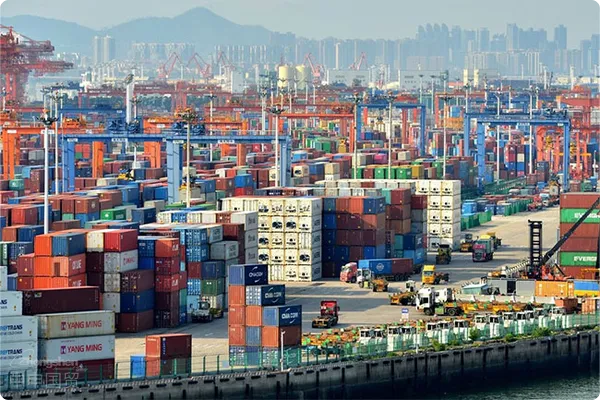- Shanghai Zhongshen International Trade Co., Ltd. - Two decades of trade agency expertise.
- Service Hotline: 139 1787 2118

Contents
TogglePhotonEquipment ImportsThe three major industry characteristics
The global photonic device market size is projected to exceed $180 billion by 2025, yet the technology-intensive nature of the industry imposes special requirements on import processes:
- The product certification system is complex.: Laser equipment must simultaneously comply with both IEC 60825 and FDA radiation safety standards.
- Stringent transportation conditions: Quantum communication components require transportation in a -20°C cold chain throughout the entire process, with a temperature tolerance of no more than ±2°C.
- Technical documents are highly specialized.: The optical module must provide complete OEM production traceability documents and wavelength accuracy test reports.
Comparison of Key Indicators Between Self-Import and Agency Services
We conducted a statistical analysis of import cases in the Yangtze River Delta region in 2024 and found that professional agency services can significantly improve operational efficiency:
- Customs clearance timeliness: Agent average 3.2 working days vs self-operation 7.5 working days
- Tariff error rate: Agency service 0.8% vs. self-declaration by enterprises 14.6%
- Port Demurrage Fees: Professional teams can reduce cold chain warehousing costs by 60%.
Key Policy Changes for 2025
- EU CE Certification Upgrade: New classification of photobiological safety levels (effective from July 2025)
- U.S. import restrictions: Industrial lasers with wavelengths exceeding 1550nm require a special DOC permit application.
- RCEP tariff concessions: The import tariff on optical communication modules has been reduced from 8% to 5.2% (subject to...It is recommended to verify through the following methods:certificate)
Core Value System of Professional Agency Services
Premiumforeign tradeThe Three Key Competency Models Agents Should Possess:
- Technical document pre-review system
- Automatically detect FDA 21 CFR 1040.10 format compliance.
- Anticipate technical conflict points in the 2025 revision of the EU RED Directive
- Tariff Optimization Solution Repository
- HS Code dynamic adjustment mechanism (such as the switching strategy between 854470 and 901320)
- ASEAN Rules of Origin Application Scenario Analysis Tool
- Emergency response mechanism
- Complete the FDA inspection response plan within 48 hours.
- Express Review Channel for Customs Classification Disputes
Typical service case analysis
A case of quantum computing company's import:Successfully circumvented a customs detention risk worth $1.2 million for a laser cooling system through proxy services. Key operations included:
- Pre-check the matching degree between the export country's ECCN code and China's dual-use items list in advance.
- Adopt a batch-by-batch transportation strategy to reduce CCIC inspection costs.
- Utilize the AEO-certified enterprise fast track to reduce inspection time.
Supplier Selection and Evaluation Framework
It is recommended to establish selection criteria from four dimensions:
- Technical comprehension ability: Does the customs team include professionals with an optical engineering background?
- Data update timeliness: Is it possible to access a global customs classification ruling database in real time?
- Resource Network Density: Are there professional temperature-controlled storage facilities at major ports?
- Risk prevention system: Do you offer a combined solution of full-transport liability insurance + tariff guarantee insurance?
Related Recommendations
? 2025. All Rights Reserved. Shanghai ICP No. 2023007705-2  PSB Record: Shanghai No.31011502009912
PSB Record: Shanghai No.31011502009912










